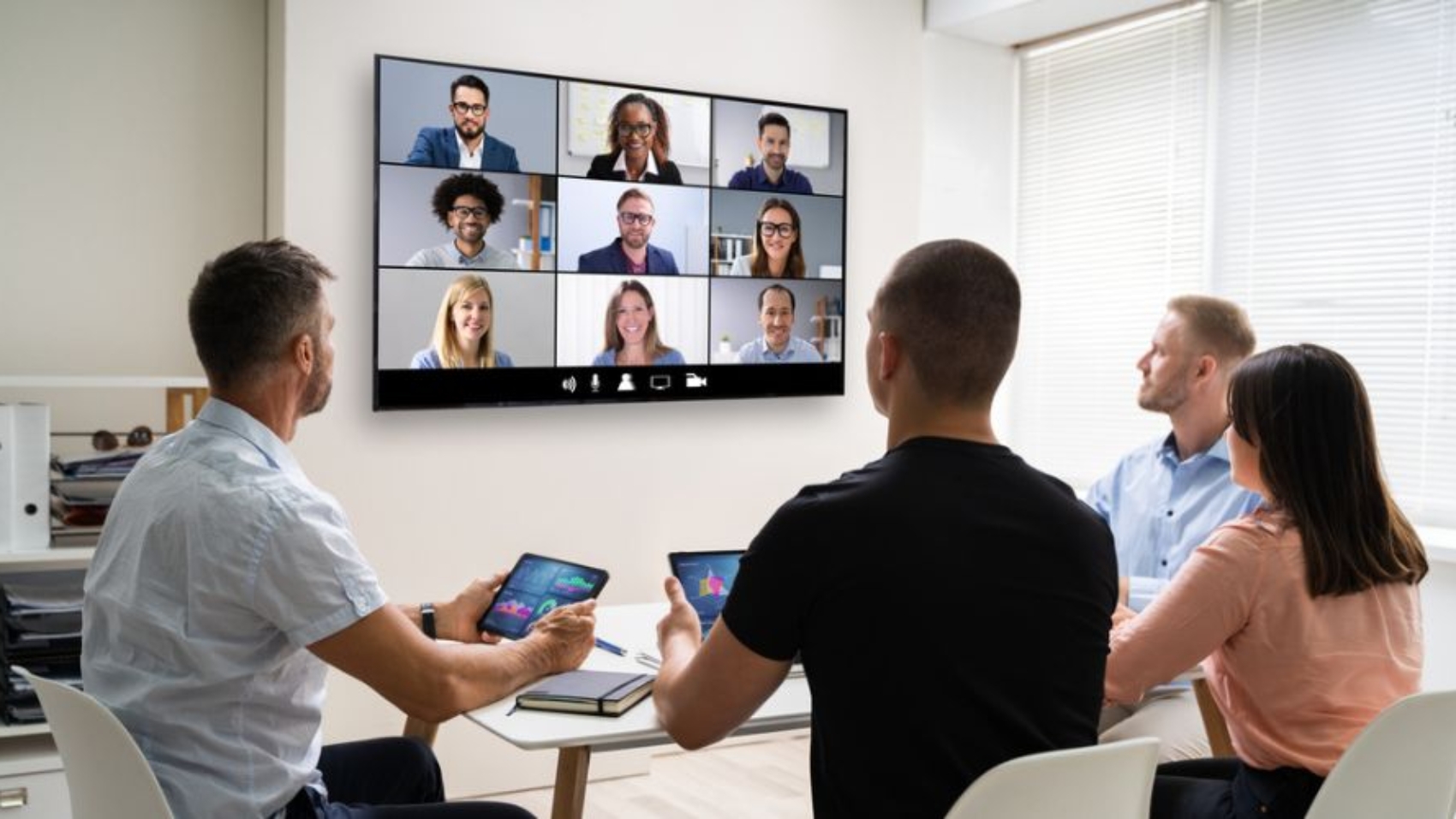Interactive flat panel display (IFPD) are large touchscreen devices that can be used for various purposes, such as presentations, collaboration, education, and entertainment. They are becoming more popular in various industries, such as retail, hospitality, education, and health care, because they offer many benefits, such as:
- Engaging customers
- Enhancing communication
- Improving efficiency
- Increasing loyalty
We will explain how IFPDs can strengthen your business by providing a better customer experience, a more productive work environment, and a competitive edge in the market.
Engaging Customers with Interactive Flat Panel Displays
One of the main advantages of IFPDs is that they can attract and retain customers’ attention, as they can display dynamic and interactive content, such as videos, animations, games, and quizzes. Customers can also interact with the content, such as browsing products, making reservations, giving feedback, and learning more about the brand.
For example, a retail store can use an Interactive flat panel display to showcase its products, offer discounts, and collect customer data. A restaurant can use an Interactive flat panel display to display its menu, take orders, and provide entertainment. A hotel can use an IFPD to welcome guests, provide information, and offer services.
Enhancing Communication with Interactive Flat Panel Displays
Another benefit of IFPDs is that they can facilitate communication between customers and staff, as well as among staff members, as they can enable video calls, chat, and screen sharing. Customers can also communicate with each other, such as sharing opinions, reviews, and recommendations.
For example, a health care facility can use an Interactive flat panel display to connect patients with doctors, nurses, and specialists. A school can use an Interactive flat panel display to connect students with teachers, peers, and experts. A corporate office can use an IFPD to connect employees with managers, colleagues, and clients.
Improving Efficiency with Interactive Flat Panel Displays
A third benefit of Interactive flat panel display is that they can improve the efficiency and productivity of staff, as they can access and update information, such as inventory, orders, and schedules, in real time. They can also use IFPDs to train and educate themselves, such as watching tutorials, taking quizzes, and accessing manuals.
For example, a warehouse can use an Interactive flat panel display to track and manage its stock, reduce errors, and optimize workflows. A salon can use an Interactive flat panel display to schedule appointments, update customer profiles, and offer tips and tricks. A bank can use an IFPD to process transactions, verify identities, and provide financial advice.
Increasing Loyalty with Interactive Flat Panel Displays
A fourth benefit of Interactive flat panel display is that they can increase customer loyalty and satisfaction, as they can provide personalized and customized experiences, such as offering discounts, rewards, and suggestions based on customer preferences and behaviour. They can also collect and analyse customer data, such as feedback, ratings, and purchases, to improve the quality of service and products.
For example, a gym can use an Interactive Flat Panel Display to create personalized workout plans, track progress, and motivate members. A cinema can use an Interactive Flat Panel Display to recommend movies, offer coupons, and collect reviews. A travel agency can use an Interactive Flat Panel Display to suggest destinations, book flights, and provide guides.
Conclusion
Interactive flat panel display are powerful tools that can strengthen your business by engaging customers, enhancing communication, improving efficiency, and increasing loyalty. By investing in IFPDs, you can provide a better customer experience, a more productive work environment, and a competitive edge in the market.











